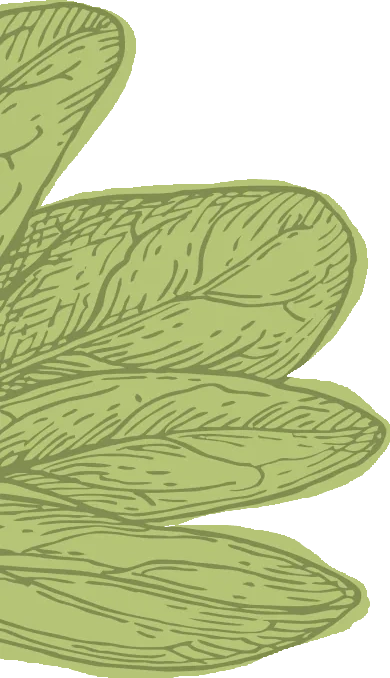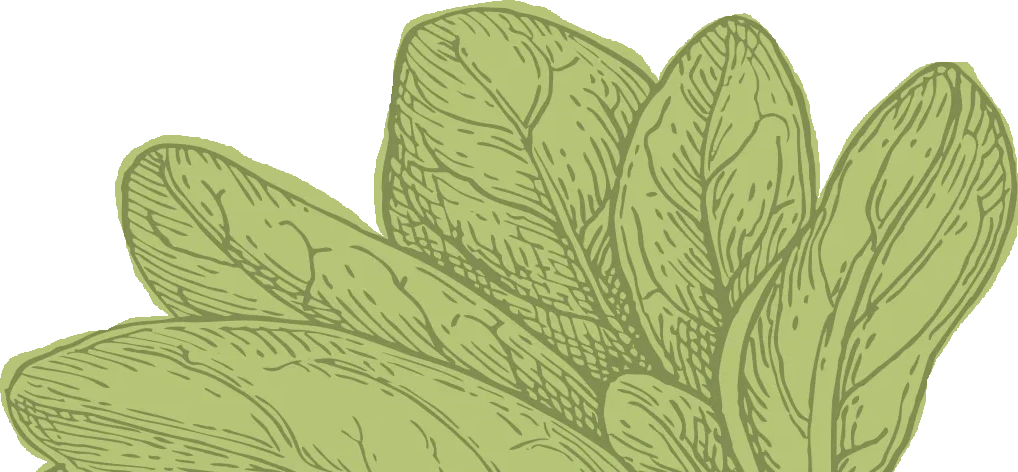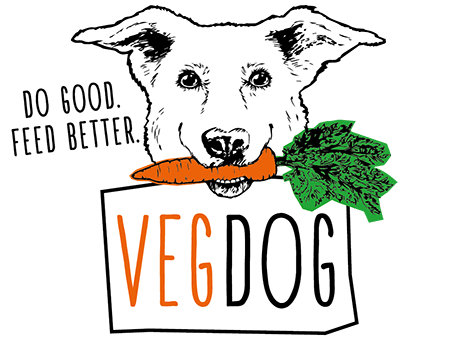The colour alone promises an ultimate vitamin boost. And that is not the only thing that
sweet potato
A substance called "Caiapo" causes blood sugar levels to rise slowly. Diabetics are not the only ones who benefit from this effect.
The provision of all essential amino acids is important for a healthy organism and a functioning metabolism. Today, protein sources include
red lentils
and a
organic pea protein powder
To ensure that a colorful variety of vitamins and vital substances ends up in the bowl,
fruit and vegetables
mixed wildly. Today we chose persimmon, apple, Nashi pear, fennel, zucchini, carrots, lettuce and cucumber. All in all, this makes a super healthy vitamin bomb!!
Of course, a high-quality
oil
(we use an Omega-3 blend) and our
All-In-Velux
Mineral powder should not be missing.
We also provide
rosehip powder
This is considered an insider tip for strengthening the immune system and is used for good reason for diseases such as demodex mange or inflammatory processes. The reason for this is the high vitamin C content, which is hardly achieved by any other plant.
preparation
The sweet potatoes and lentils are cooked, as always, for at least 15 minutes longer than normal for humans. This ensures that the nutrients they contain are provided.
In the meantime, the other ingredients, except the rosehip powder, are weighed. The fruit and vegetables are finely pureed and mixed with the rest. In combination with a little water, you can form small balls - this looks nice when garnishing ?
Once the sweet potatoes and lentils are cooked, everything can be served together. It is important that the
All-In-Velux
mixed into the cooled ingredients so as not to damage the nutrients.
Last but not least, the rosehip powder is sprinkled on top as a topping.
Now that we are well strengthened, winter can no longer harm our darlings!
Rosehip shells → please note the information provided by the respective manufacturer. The powder is available in many online shops and in well-stocked pet stores.
1. Cook lentils, pasta and vegetables
The basic rule is: For starchy products such as lentils, pasta, rice, etc., always cook them twice as long as for humans. This means, for example, that pasta that is cooked for 10 minutes for humans needs to be cooked for 20 minutes for dogs in order to optimally break down the starch and make it usable for dogs. When feeding vegetables, the rule is: whatever you eat raw as a human, your dog can also eat raw. Everything that you have to cook yourself should also be cooked for your dog. So, for example, you can feed raw:
Carrots, cucumber, lettuce, zucchini, kohlrabi, pumpkin
What should be cooked:
Corn, fennel, spinach, broccoli, cauliflower, peas, potatoes
Please make sure to wash the vegetables well, especially if you feed them with the skin on. Many dog owners also like to use organic quality. You can alternate the different types as you wish. But be aware that pulses and corn contain more calories because they are starchy.
The tolerance of vegetables varies from person to person. For example, peas and beans contain oligosaccharides, which are metabolized in the intestines into short-chain fatty acids and can lead to diarrhea and flatulence in large quantities. Simply try out different varieties and find out what your dog likes best and what he tolerates best.
How you prepare the vegetables is up to you: you can chop them up, grate them, mix them, cook them or boil them and then puree them. Picky animals in particular can be persuaded to eat cooked carrots. Chopped up or cooked vegetables are easier to digest. Heat the vegetables briefly and carefully to improve the retention of the water-soluble vitamins. You can also add a splash of cooled cooking water to the food.
2. Add fruit cooked or raw
Fruit can also be combined and varied - depending on what your dog can tolerate. Suitable examples are apples, oranges, bananas, raspberries, strawberries and melons. You don't have to worry about the fructose they contain. This does not lead to obesity when fed fresh fruit. However, for obese animals, the amount of banana should be kept to a minimum and dried fruit should be avoided if possible. This has a higher calorie content and can also lead to flatulence and diarrhea. Fruit stones should be removed as they contain hydrogen cyanide. Please wash the fruit thoroughly before feeding it. Here, too, you can let your imagination run wild when preparing it - from chopped to grated or as a smoothie - anything that is fun is allowed.
QUANTITY CALCULATION EXAMPLE: the quantity is calculated based on the different weight classes. For example, a small dog needs more in relation to its body weight than a large dog. You always base your amount on the highest weight class we specify. For example, if your dog weighs 6 kg, you base your amount on the weight class for 10 kg. For example, if your dog weighs 32 kg, you base your amount on the weight class for 25 kg, as this is the highest weight class we specify.
Here is a calculation example for you if your dog weighs 32kg, for example: The highest weight class given is 25kg, so that is your required reference amount. A 25kg dog needs 100g of chickpeas daily. Therefore, 1kg dog in the weight class of 25kg needs 100g/25kg = 4g of chickpeas per kg of body weight. Then a 32kg dog needs 4g x 32 = 128g of chickpeas/day. You do this calculation with all the ingredients. I hope we were able to help you.
Your VEGDOG team
 Lisa Walther
Lisa Walther









